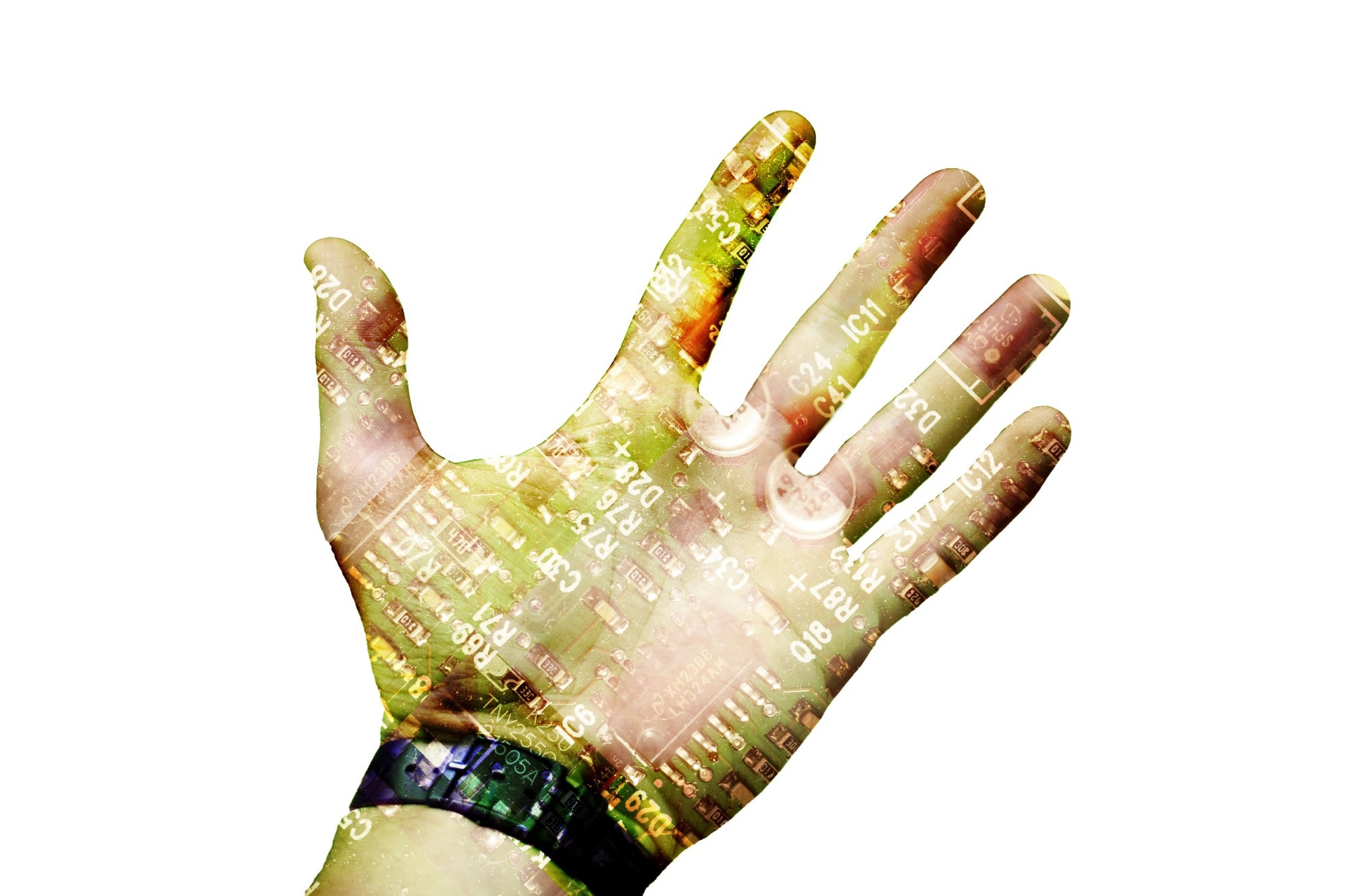In an article published in the journal Nature Electronics, researchers from the University of California, California Institute of Technology, USA, and the Hong Kong University of Science and Technology, China, developed an electronic skin to non-invasively monitor multiple vital signs and molecular biomarkers in human sweat related to stress.
 Study: Stress Monitoring Revolution: Electronic Skin Innovations Unveiled. Image credit: Lorenzo Sala/Shutterstock
Study: Stress Monitoring Revolution: Electronic Skin Innovations Unveiled. Image credit: Lorenzo Sala/Shutterstock
Background
Stress is a natural response to challenging or threatening situations, but chronic or excessive stress can trigger various biological changes such as increased heart rate, blood pressure, and inflammation. These changes can affect cognitive performance, emotional regulation, and metabolic function, increasing the risk of cardiovascular diseases, diabetes, depression, and anxiety.
Most existing methods to quantify and manage stress are based on self-reported surveys, questionnaires, or interviews that are subjective, prone to bias, and influenced by external factors. Some methods rely on wearable sensors that can measure physiological signals, such as electrocardiogram, galvanic skin response, and skin temperature, indicative of stress. However, these methods are insufficient to capture the full spectrum of stress responses, as they do not measure the molecular changes in body fluids, such as blood, saliva, or sweat, reflecting the individual's hormonal, metabolic, and immunological status.
Sweat is a biofluid used for stress monitoring, as it contains various biomarkers correlated with stress, including glucose, lactate, uric acid, sodium, potassium, and ammonium. Moreover, it can be collected non-invasively and continuously from the skin surface without the need for needles, tubes, or pumps. However, current sweat sensors are limited in their ability to measure multiple biomarkers simultaneously, stably, and accurately over long periods. Furthermore, most sweat sensors are not integrated with other physiological sensors, such as pulse waves, galvanic skin response, and skin temperature sensors, providing complementary information on stress responses.
About the Research
In the present paper, the authors designed a wearable physicochemical-sensing electronic skin called continuous and adaptive real-time electrochemical sensing (CARES). The device comprises a flexible and stretchable patch that adheres to the skin and a wireless module for transmitting data to a smartphone or computer. Additionally, it can monitor stress responses by integrating electrochemical sensors with optical and electrical sensors.
The electrochemical sensors utilize analogous composite materials to stabilize and preserve the sensor interfaces. They can measure six sweat biomarkers: glucose, lactate, uric acid, sodium, potassium, and ammonium. These sensors demonstrate high sensitivity, selectivity, stability, and reproducibility and can operate for over 100 hours without significant degradation. The optical and electrical sensors measure three vital signs: pulse waveform, galvanic skin response, and skin temperature. These sensors exhibit high accuracy, resolution, and response time, capturing dynamic changes in physiological signals.
The CARES patch incorporates a microfluidic module to collect sweat from the skin by applying a small electric current. Two reservoirs within the patch store a cholinergic agent, carbachol, and a buffer solution known as phosphate-buffered saline. These reservoirs can deliver carbachol to the sweat glands and induce sweat secretion. Meanwhile, the buffer solution helps maintain the pH and conductivity of the sweat. Additionally, the system can control the flow rate and volume of sweat by adjusting the current intensity and duration.
The study tested the CARES patch on 20 healthy volunteers who wore the patch on their forearm for 24 hours. The authors seamlessly collected and analyzed sweat data wirelessly, measuring changes in sweat biomarkers and vital signs throughout various daily activities, including rest, exercise, eating, and sleep. They successfully differentiated psychological, physical, and environmental stressors.
The researchers used a four-step machine learning pipeline including feature extraction, feature selection, dimensionality reduction, and classification, to categorize the stressors based on the multimodal data from the patch. This approach was also applied to assess the psychological stress responses of participants who underwent a socially evaluated cold pressor test, a standardized stress-inducing protocol. The pipeline accurately estimated the stress levels of the participants.
Research Findings
The outcomes showed that the newly proposed method could provide continuous and reliable measurements of vital signs and sweat biomarkers under various stress conditions and daily activities. They also found that the CARES could differentiate stressors with an accuracy of 98.0% and measure psychological stress responses with a confidence of 98.7% using a machine learning approach that combined the physicochemical data with demographic and psychological data.
The authors highlighted that the different stressors induced different patterns of changes in vital signs and sweat biomarkers, reflecting the complexity and diversity of stress responses. For example, the cold pressor test increased the pulse waveform amplitude, skin temperature, and lactate level, while the mental arithmetic test decreased the pulse waveform amplitude, skin temperature, and glucose level. The public speaking test increased the galvanic skin response, glucose level, and uric acid level while decreasing the potassium ion level.
Conclusion
In summary, the novel electronic skin can effectively and efficiently monitor multiple vital signs and molecular biomarkers in human sweat related to stress. It can provide continuous multimodal physicochemical monitoring over 24 hours and during different daily activities.
The paper demonstrates that the recommended method is a promising tool for stress assessment and management and has potential applications in various fields, such as healthcare, sports, the military, education, and the workplace. Moreover, it can measure other biomarkers and vital signs and monitor other physiological and pathological conditions. The researchers acknowledged challenges and limitations and suggested that further research should improve the sensing capabilities and functionalities of CARES by utilizing optical, acoustic, and magnetic sensors.